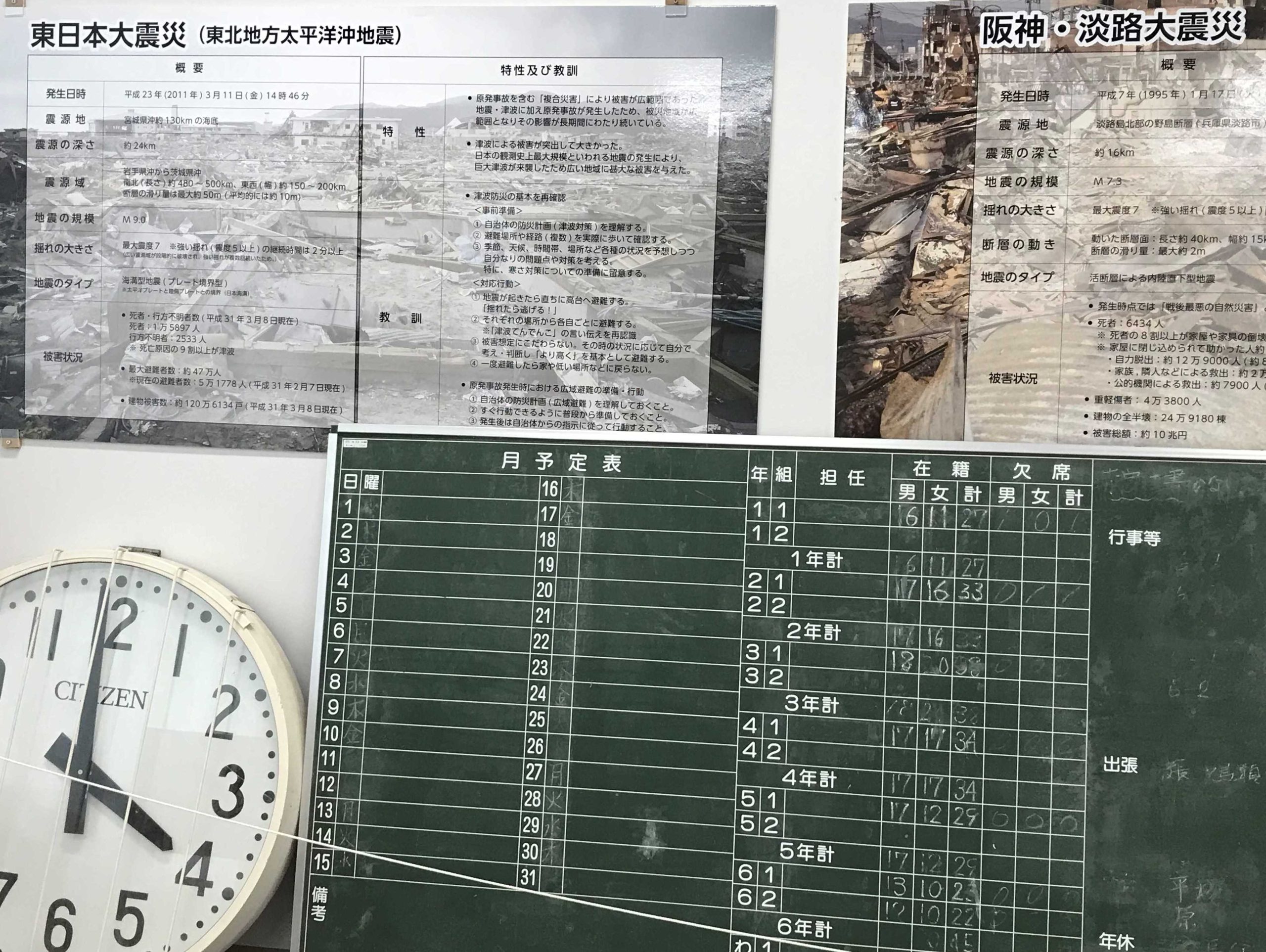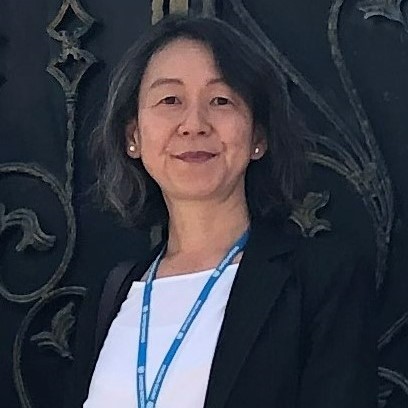Voices from the Sylff Community
May 19, 2025
KIBOTCHA’s Journey from Tsunami Ruins to a “Smart Ecovillage” of Hope
Naoko Takasu (Ritsumeikan Asia Pacific University, 2022) reports on KIBOTCHA, an innovative, citizen-led initiative in tsunami-devastated Higashi-Matsushima that aims to convert a shuttered school into a “smart ecovillage” fostering hope and disaster resilience.
* * *
While exploring the Social and Solidarity Economy (SSE)—the subject of my doctoral research—I came across the concept of the “ecovillage.” SSE initiatives are citizen-led, prioritize the well-being of people and the planet, and operate with principles of cooperation, solidarity, reciprocity, inclusion, diversity, and democratic management.[1] According to the Global Ecovillage Network (GEN), an ecovillage is “an intentional, traditional or urban community that is consciously designed through locally owned participatory processes in all four dimensions of sustainability (social, culture, ecology, and economy) to regenerate social and natural environments.”[2]
While the term “ecovillage” rarely appears in SSE literature, I found it relevant because both emphasize citizen-led initiatives and care for people and the planet. Curious about examples of ecovillages around the globe, I attended a February 2025 online meeting organized by the International Peace Research Institute of Meiji Gakuin University. The featured speaker, Shinku Kudo, introduced a unique case called KIBOTCHA, an emerging ecovillage in the city of Higashi-Matsushima, Miyagi Prefecture—an area devastated by the March 2011 Tohoku earthquake and tsunami.
KIBOTCHA was established in 2018 by renovating the Nobiru Elementary School, which was heavily damaged by the tsunami and closed in 2016. KIBOTCHA President and CEO Kiyoko Mii and a group of collaborators spearheaded efforts to transform the school into an accommodation facility aimed at promoting disaster preparedness. The name “KIBOTCHA” is a portmanteau of two Japanese words kibo (hope) and bosai (disaster preparedness) and the English word “future.”
At the online meeting, Kudo explained that KIBOTCHA aspires to become a “smart ecovillage” capable of accommodating 10,000 people from other parts of Japan in times of disaster. I was intrigued, for I had heard the terms “smart city” and “ecovillage” but never “smart ecovillage.” What would such a place look like? To find out, I decided to visit KIBOTCHA in March 2025.

KIBOTCHA from outside. The colors on the exterior wall show the height of the tsunami. The first floor was completely submerged on March 11, 2011. Photo by the author, March 21, 2025.
My visit revealed two unique strengths of the facility. First, it powerfully conveys the importance of disaster preparedness. A room on the second floor displays a clock and blackboard formerly used at the elementary school, alongside two monitors showing photographs of the school and surrounding area immediately after the tsunami. The visual records evoke both the trauma of the disaster and the tremendous effort made to transform the site.
Second, I was struck by the energy of the younger generation and warmth of the staff. During my visit, several young people were at work—building glamping domes and preparing meals. They came from diverse backgrounds and seemed genuinely enthusiastic about contributing to the project.
These two strengths will be important assets as KIBOTCHA seeks to expand and evolve.

A clock and blackboard from the Nobiru Elementary School, displayed on the second floor of KIBOTCHA. Photo by the author, March 21, 2025.
However, challenges remain. Currently, KIBOTCHA functions more like a hostel than a community-based ecovillage, and its operations do not yet fully embody ecological sustainability: disposable chopsticks were used at dinner, and paper cups and towels were found in the bathrooms, practices that likely began during the COVID-19 pandemic. Moreover, it was not clear how the facility intends to transition from hosting short-term visitors to supporting long-term residents.
Economic sustainability is another concern. Mii acknowledged that revenues are not sufficient to cover running costs or repay the investments made to renovate the facility.
Still, KIBOTCHA is a promising initiative, and I hope that its efforts to convert a closed school into a community hub for mutual assistance and disaster response will succeed.[3] Plans for future development, according to Kudo, include the installation of solar panels on the roof this year, the employment of people with disabilities at fair wages to craft fishing materials, and the introduction of such sustainable practices as aquaponics (raising fish and plants together), permaculture (growing food sustainably and for self-sufficiency), and earthbag housing (building inexpensive and environmentally friendly homes) in collaboration with universities and other partners.
As climate-related disasters become more frequent and severe, citizen-led projects like KIBOTCHA offer critical lessons in disaster preparedness, as well as in social, cultural, ecological, and economic sustainability so that we can live with hope for the future.
Notes
[1] Naoko Takasu, Social and Solidarity Economy Practices in Pakistan: Leading Transformative Changes Required in the Post-COVID-19 Era. PhD dissertation submitted to and accepted by Ritsumeikan Asia Pacific University, 2023.
[2] Global Ecovillage Network, “What Is an Ecovillage?” https://ecovillage.org/ecovillages/what-is-an-ecovillage/.
[3] KIBOTCHA, “We Want to Create an Ecovillage Where 10,000 People Can Live,” Kibotcha News and Topics, https://kibotcha.com/news/ (in Japanese).
